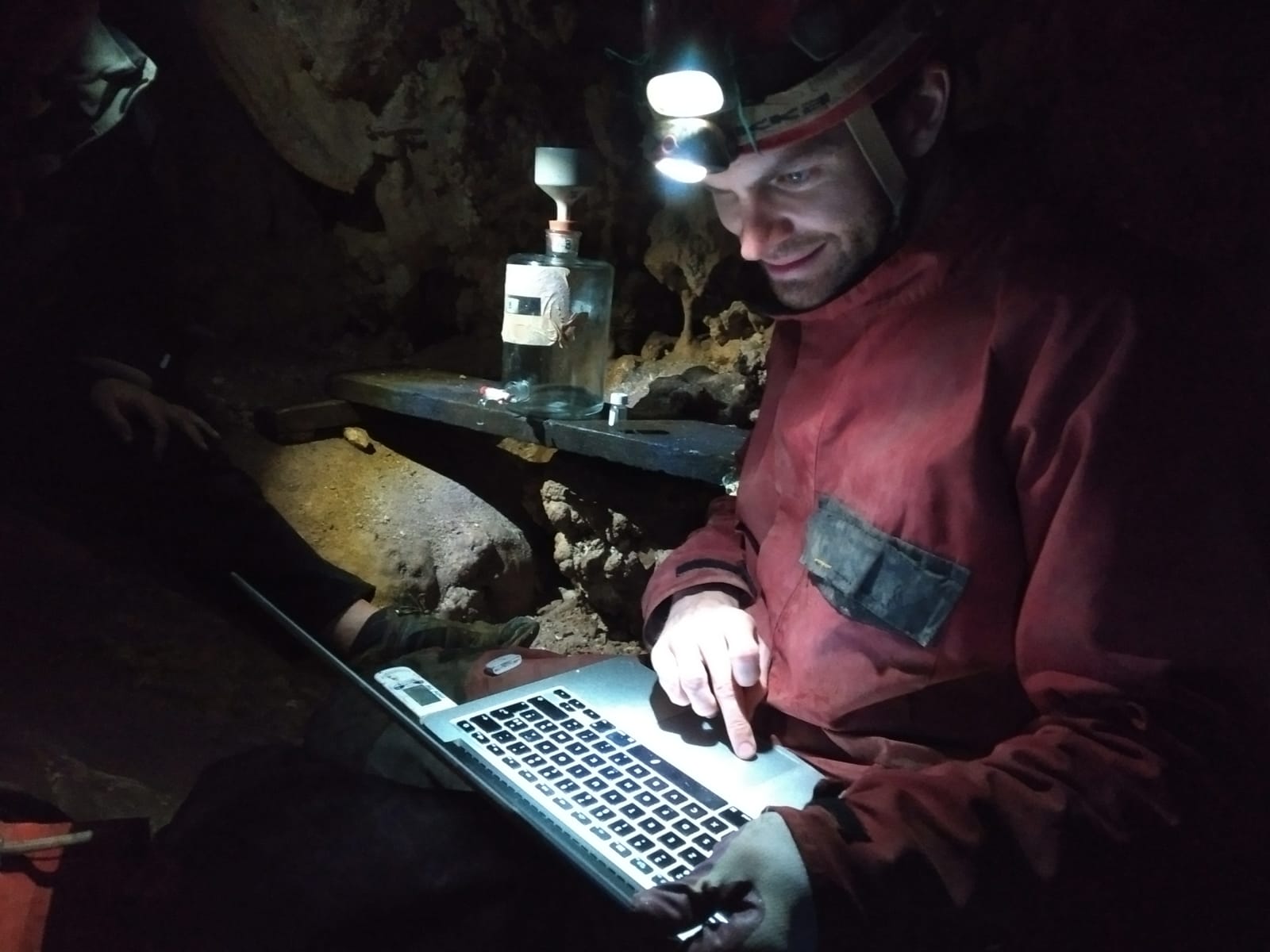"A humanities-based interpretative framework means we can connect technological advancement to social development."
What can the water systems of ancient cities tell us about managing the impacts of climate change in the 21st century?

Quite a lot, according to Dr Duncan Keenan-Jones, who speaks the language of engineers as well as English, French, German, Italian, Ancient Greek and Latin.
It’s an unusual combination of linguistic capability and scientific expertise, yet one that has enabled Dr Keenan-Jones to transition from a career in engineering to examining the intersection between ancient societies, the environment and innovation.
For this UQ Classics and Ancient History lecturer and Centre for Policy Futures affiliate, looking at the past for solutions to present problems involves studying old Latin and Greek texts, archaeological artefacts, and geoscientific analyses of mineral deposits.
“We have the technology now to interpret the evidence differently and the modelling we can do helps with decision-making about sustainable practices for serving the needs of the people living in those landscapes today,” Dr Keenan-Jones said.
“Whether it’s the aqueducts of Ancient Rome or the floodplains of Queensland’s Channel Country, understanding how communities have adapted to water availability helps to build knowledge about the natural environment and human development.
“For example, we can see from wave-like formations in limestone deposits how fast water flowed in ancient aqueducts, and hence whether the city itself or rich suburban villas were prioritised to receive water in ancient Rome.
“Identifying what caused the layering of these deposits – was it the rain or was it a microbe – tells us whether they are a record of rain distribution in the past. If so, this layering can be used to fine-tune climate models used to predict future climate change, helping us to mitigate or adapt,” he said.
This concept is explored in a chapter Dr Keenan-Jones co-authored for the book From the Guajira Desert to the Apennines, and from the Sardinia/Corsica Microplate to the Killer Asteroid: honoring the career of Walter Alvarez, published this year by the Geological Society of America.
For Dr Keenan-Jones, adaption means more than a technological response. The social influences and impacts of changes to regional water supply systems has been a constant theme throughout his research.
Collaborating with geoscientists, he demonstrated that lead from Roman water pipe networks polluted Pompeii’s drinking water, as well as the ancient harbours of Naples and Rome. This discovery showed that harbour pollution could be used to track the growth and decline of ancient urban infrastructure.
In Australia, Dr Keenan-Jones is working with the Mithaka Aboriginal Corporation to learn how Indigenous communities have managed water in the arid interior of western Queensland for centuries, including when pastoral and mining industries were introduced.
Investigating how fish traps, weirs and other bespoke technology sustained them throughout the region’s ‘boom and bust’ patterns of abundance is stimulating ideas for how local ecologies might generate new income streams for economic security. Carbon farming is one possibility.
Dr Keenan-Jones has plenty of hands-on experience at excavations in Australia, Italy and Israel.
“I get to use the latest imaging and geochemical techniques to develop high-resolution histories of where the water came from, how it was controlled and distributed, its quality and how it was affected by changes in rainfall patterns and temperature,” he said.
“These tools help with making large-scale comparisons between physical factors like climatic and environmental variability and human elements like population dynamics, land use, disease, governance and economic stability.
“Applying a humanities-based interpretative framework means we can connect technological advancement to social development and gain a better understanding of how some civilisations survived and thrived while others succumbed to human or environmental forces.”
Dr Keenan-Jones believes the opportunities to collaborate university-wide and globally have enriched his experience as an academic in UQ’s Faculty of Humanities and Social Sciences. He enjoys the freedom to explore research possibilities that satisfy his intellectual curiosity and exercise his distinctive skillset.
Researchers who are fluent in the languages of different disciplines are somewhat rare, especially ones whose ability to interpret evidence spans the apparent poles of engineering and humanities.
While a hydrologist might not glean much from a particular piece of ancient waste water evidence, an archaeologist or historian could consider it a treasure. With Dr Keenan-Jones’s quantitative and qualitative research expertise, the implications of the discovery are more likely to reach the surface.



